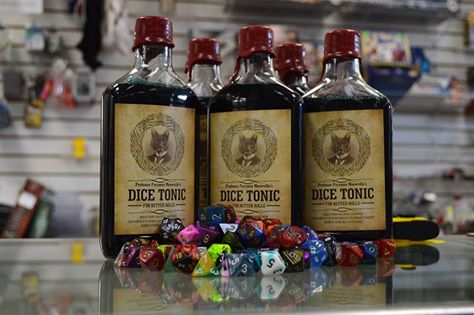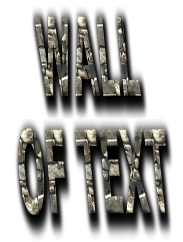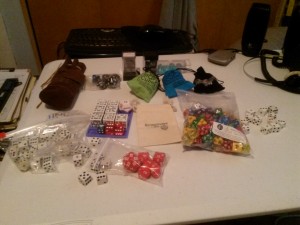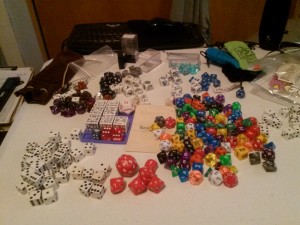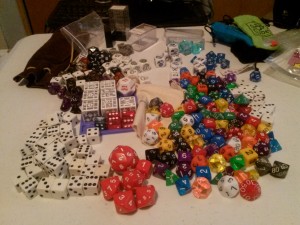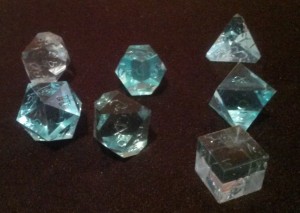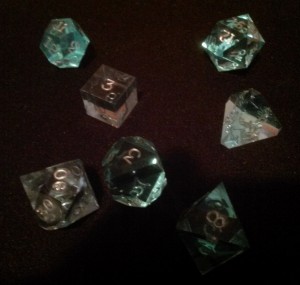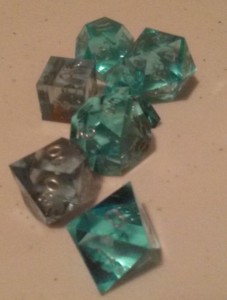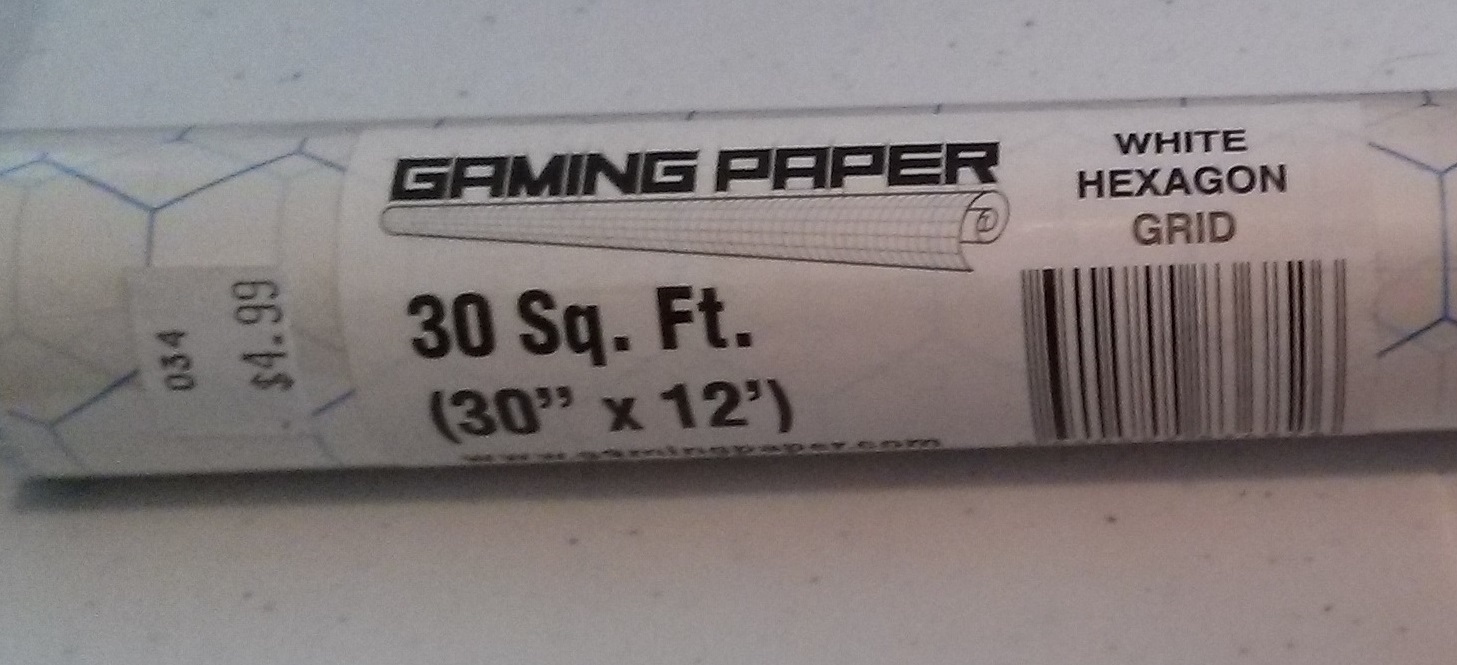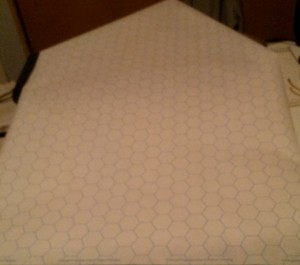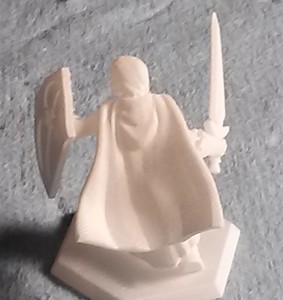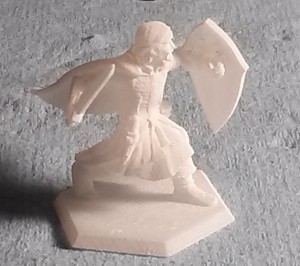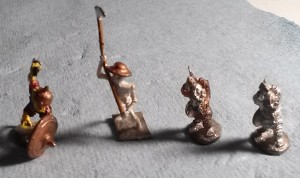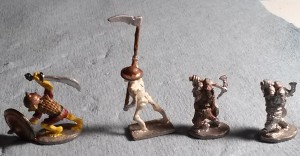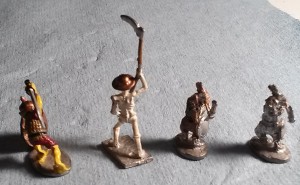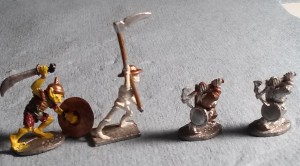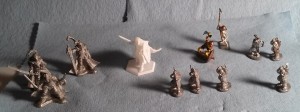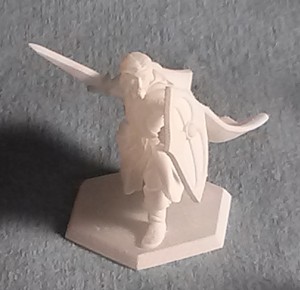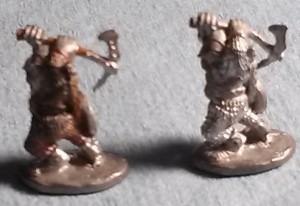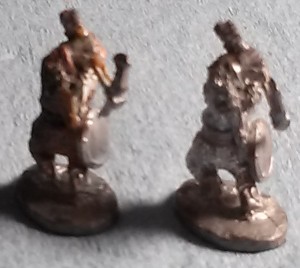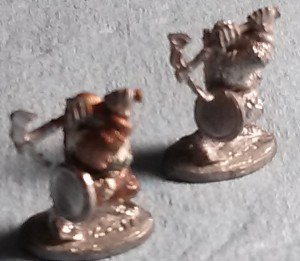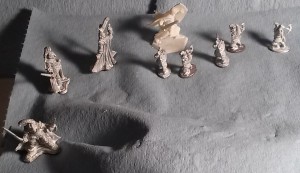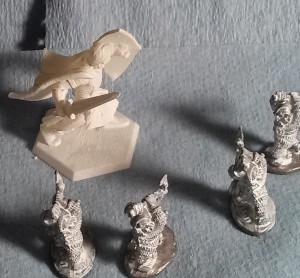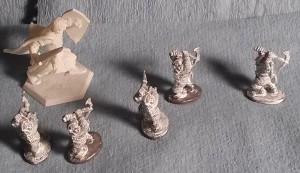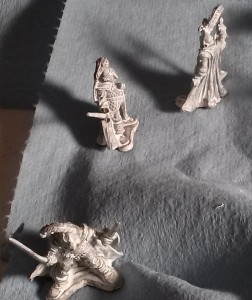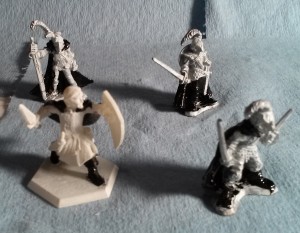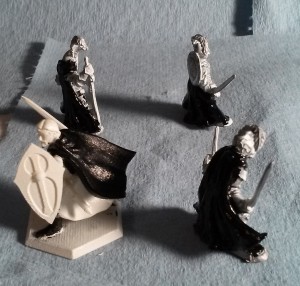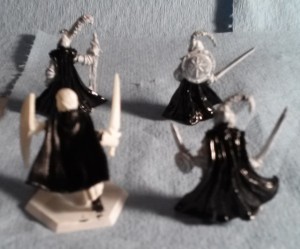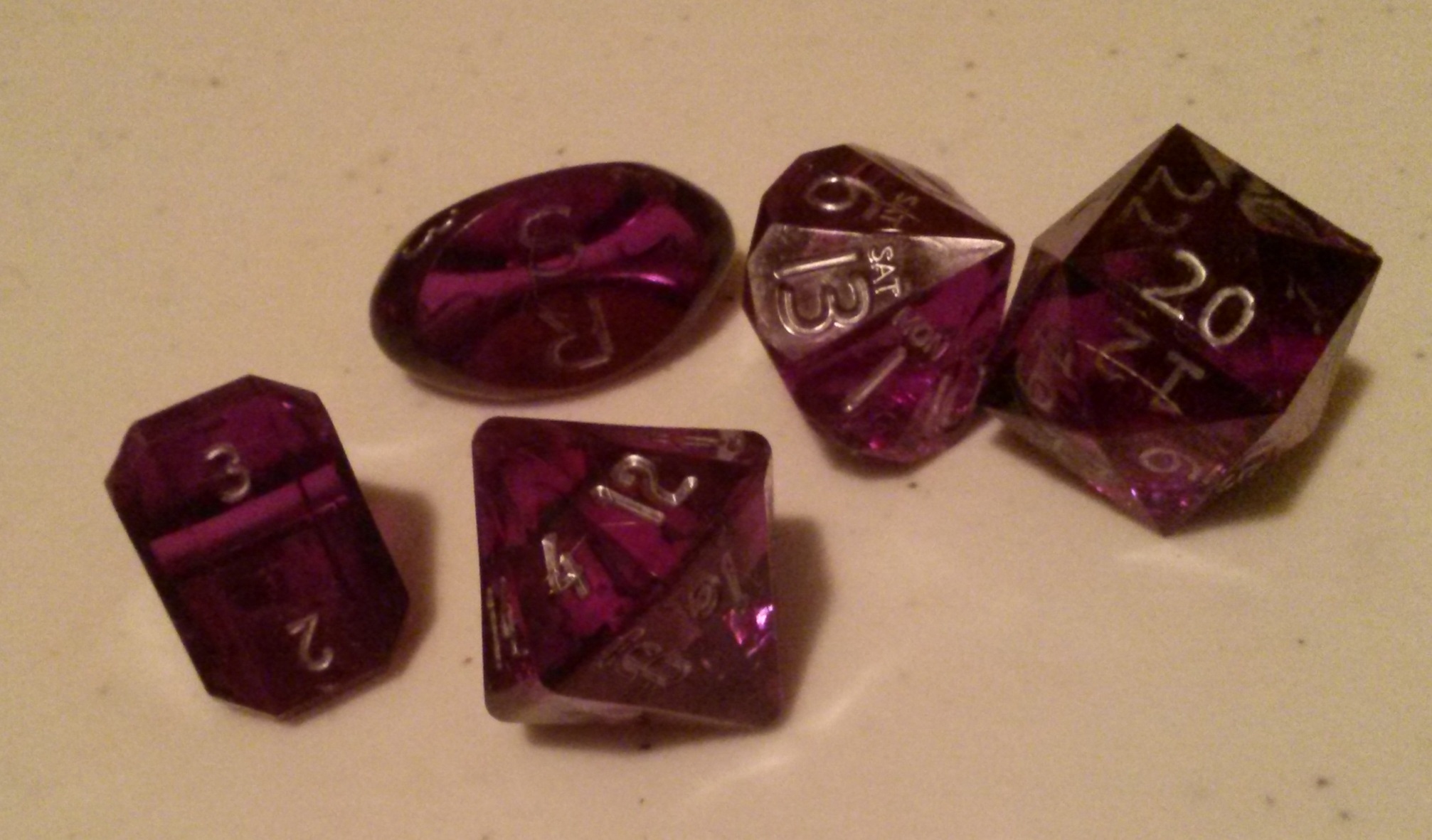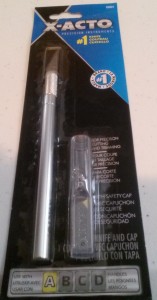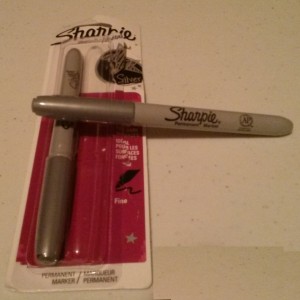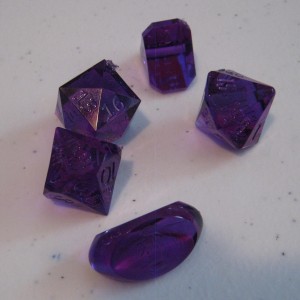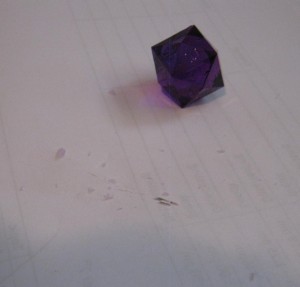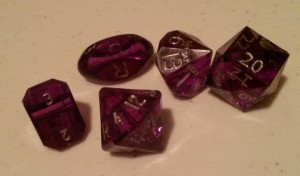A – Aqueducts/pipes/fountains/cisterns/wells/artesian wells/water towers/flood control basins/drains/Archimedes Screw/Dippers/Reservoirs
Without water to drink, a city cannot arise. There won’t be more than a large village or small town without plentiful water.
A few collected homes can manage with a nearby stream, river, or lake that does not run dry.
More reliable sources of water to avoid the problems of drought will result in wells, cisterns, rain barrels, or other means of collecting and accessing water.
The climate will affect water supply. For a large city to arise in an arid or desert region, even more water is needed to offset evaporation, or technology is needed to minimize evaporation. Unless the desert conditions developed after the city existed, and are part of the reason the city became abandoned, some consideration for this needs to be addressed in planning your city.
Except for a bunch of clerics using create water there would need to be a consistent and reliable source of water. Assume 1 gallon per person per day. And at least one gallon per animal per day. In an arid environment, drought resistant animals, like camels would be the long-haul beast of burden.
Fountains were used to make water available to the masses in the ancient world. The people would go to the fountain to collect water in jars each day.
Public and private baths. What is the cities cleanliness culture? How much water is required?
Rain cachement from runoff from roofs to underground cisterns. Such man-made or artificially enlarged caves/caverns easily make a dungeon.
Tera cotta roof tiles with terra cota drain pipes indicate a need for an industry in or near the city or easily shipped to the city from elsewhere.
Pipes or pipelike structures to aid and direct the flow of water would be well maintained in an inhabited city.
The city watch, any military outposts/castle/barracks, and the city government and leading class would have greater and more secure access to water.
Disruption of the water supply following an earthquake or other natural disaster, war, monster incursion, or “innocent” activities of player characters would result in unrest from mere grumbling to riots or organized revolt, depending on the mindset of the populace. Could some such action be the cause for the downfall of the city?
Water in excess is also bad. If there is sufficient rainfall to result in flooding of the city, rain cachement basins and storm drains to direct flood waters away from the populace would be present. Coastal cities could be subject to storm surges, tidal waves, and hurricanes. How much excess water can a city handle? Seawater and storm debris in the drinking water is not good. Usually the underground portions of aqueducts were only a few feet high and normally the water ran about half that height. Cisterns could be simple stone or cement lined pits to massive cavernous chambers like the Basilica Cistern of Constantinople that still exists in Istanbul today.
Would a sufficiently advanced magical civilization bind water elementals or other water based creatures to ensuring the continuation of the water supply? Similarly, earth elementals could be put to use in construction of passages through mountains and hills. Also wizards could do their public service using dig, rock to mud, or mud to rock, move earth, wall of stone, etc.
My campaign is a low magic setting, that is, the heights of magical creation and invention are in the past, but such past objects can still be found.
Whether a city is abandoned or not, water weirds and other water based creatures could be trapped in fountains, wells, or cisterns, or live there voluntarily.
Wells and cisterns make a good place to hide or lose something valuable. What if the party is hired to go retrieve a lost item in one of the wells or cisterns and discovers an entire under city full of adventure.
What does the local thieves/assassins guild know about the water system and any connection to an illicit trade route or a black market ran through the under city.
The water supply is separate from the sewer system. I will deal with sewers in a later posting in this series. The water supply is “clean”. What penalties would the party incur for contaminating the water supply? What if they or another actor/group cause the sewer system to flow into the water supply?
In a desert or arid region, there would be severe penalties for compromising or adversely affecting the water supply. In a region where there is less issues keeping the supply going, it would take much more to cause a problem, unless it is an authoritarian regime, or strict bureaucracy where it matters. Of course, anything to mess with the players is always fun!
In a desert or arid region, settlements might develop near oases, and oases would guide trade routes.
Water is also a source of power for mills.
Rivers, streams, lakes, seas, and oceans are also sources of food. Swamps and marshes have a surplus of water making the ground of little utility for settlements or farming. How does water and its surplus or scarcity inform existing and abandoned settlements?
Information on various ancient water technologies for further reading below:
Roman aqueducts supplied public baths, latrines, fountains and private households. Aqueducts also provided water for mining operations, milling, farms and gardens.
Fountains were originally purely functional, connected to springs or aqueducts and used to provide drinking water and water for bathing and washing to the residents of cities, towns and villages. Until the 19th century they operated by gravity.
The Nabateans of Petra had a sophisticated collection of desert based water technology. More on Nabateans with lots of pictures.
Iran – desert water transportation – Qanat – a series of underground connected wells that transports water over a distance. Can be used for cooling and ice storage.
The reservoirs for qanats were an anbars.
Persians had ice houses (evaporative coolers) and Wind catchers for cooling.
Ancient Water Technologies Website
Cisterns
Wells specific to fortifications are Castle Wells.
Water well
Artesian Well: A water well under positive pressure.
Irrigation tools: Shadoof
Sakia or Persian Wheel
Archimedes’ Screw
Chain Pump
Scoop Wheel – Similar to a water wheel, but works the opposite. A water wheel is water powered, but a scoop wheel is an engine powered by a windmill.
Windmill: can be used for grinding grain or draining wetlands for agriculture.
Water Mill
A type of water mill is the tide mill that uses the flow of tides rather than a river or stream.
Horse Mill: Can be used for any milling purpose, but most often grinding grain or pumping water.
Wishing Well
Fighting fires: The ancient Romans had the vigiles. They had a fire engine that was a double action pump. Until the advent of canvass wrapped rubber hose, fire hoses were made of leather with brass fittings. The first firehoses were developed in 1673, but brass rivets and brass connectors would not be outside the technology level of a fantasy world.
Saltern – Area for making salt.
[UPDATE] – I was reading an article about using the Byzantine Empire as a model for a campaign setting, and it referenced the Valens Aqueduct. It gives some information on water storage in Constantinople that is very impressive.
Following various threads, as I am wont to do when reading Wikipedia, I read of Constantinople’s three historic open air cisterns, Cistern of Mocius, Cistern of Aetius, and Cistern of Aspar, and the millions of gallons of water they allowed. These were open air cisterns built of brick and stone, not like the underground Basilica Cistern mentioned above.
[UPDATE: April 18, 2016 – I was reading an article about the puquios of Nazca, Peru, a pre-colonial water collection system. Wind goes down a spiral hole in the ground to help raise water from the ground.]

